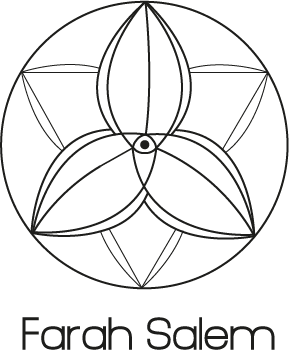Art Therapy is an expressive and integrative modality of providing mental health counseling and psychotherapy services. It is provided by a trained mental health clinician who has obtained a Master’s Degree in Art Therapy and a licensed credential specific to the region of one’s practice. The therapeutic process is embodied within the process of engaging in artmaking and relationship building, which contributes to recovery from mental health stressors. Art therapy can be applied with individuals, families and communities, and with people of various ages, socio-economic situations, and cultural backgrounds. Art Therapy professionals work in many settings, such as mental health clinics, crisis centers, community centers, hospitals, schools, shelters and refugee camps.
For example, art therapy can be applied in trauma treatment. Art therapy can offer a means to process trauma nonverbally, which can be helpful because the verbal part of the brain often switches off when people experience a traumatic event or are triggered to re-experience it. Through art making, clients can externalize inner experiences and create tangible, visual evidence of the changes they want to make in their lives.
The materials and interventions employed in art therapy include traditional visual arts such as painting and drawing, as well as fiber arts, sculpture, photography, installation, movement, sound, and much more. Participants do not need prior training in art-making to benefit from art therapy services. All that is required is an openness to exploring new pathways for accessing change.
Click here to learn more about how I practice art therapy.

